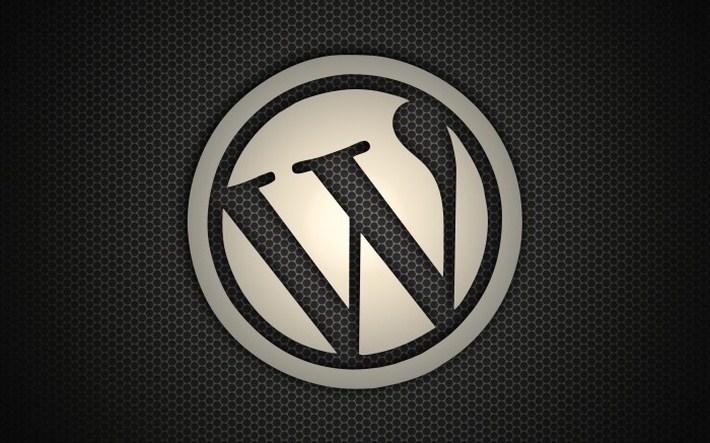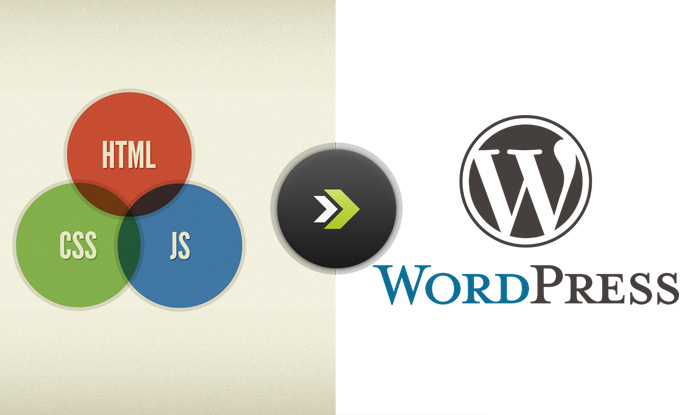“I Have an HTML Website but How Do I convert it Into WordPress? Where Do I get the Kick-Start?”
Bingo! If you are getting that Déjà vu feeling while reading the above question, then probably we’ve hit the core. Welcome! You are also one the many website owners who have a will for HTML to WordPress conversion but don’t know the way out.
Many WordPress users begin their online strife with a static HTML website. But moving ahead they meet WordPress in the way and realize how wonderful online publishing could be. This is where the need of converting HTML to WordPress concretes from. While WordPress conversion is not a daunting process in itself, getting the head start can consume a lot of efforts. Seeking assistance is always the right thing to do.
Here’s a comprehensive cheat sheet that will introduce you to the world of HTML to WordPress conversion and let you know where to begin from.
Small Landing Page Alterations That Make a Huge DifferenceA Discrete View on Content
The basic concept of web designing tells you that CSS enables you to segregate presentation and content elements. WordPress takes the concept a notch higher. It separates content from HTML and allows you to store content elements in the database.
Once you are thorough with this concept, you need to grasp the difference between various content types used in WordPress.
- Pages: These are meant to display the static information on your site. For instance contact information, services, about page etc.
- Posts: These are displayed in a reverse chronological manner on your blog, i.e. latest posts are displayed at the top.
- Media: It refers to any external file, audio, photo, video or document that you upload on your HTML to WordPress site. Media files are uploaded in uploads directory and all the related information is registered in the database.
- Links: This content type helps you at the time when you are using your blog roll.
- Comments: These are the views and opinions that readers leave on your blog posts. Comments can be turned off and on. The related information is stored in the database.
As you set up your WordPress site, the first thing you need in place is the content. Create pages, upload media files if any, decide whether you wish to include a blog or not and ensure that everything is in place.
How to Integrate Promotional Products into Your Marketing StrategyGetting the Hang of Templates and Themes
Once you have created pages and added pages to your WordPress site, it is time for some breaking and making. You read it right! Breaking! The concept is simple- you break down a WordPress theme to see how it works. That’s how the learning process in WordPress goes about.
Select a theme that appeals you and develop a child theme out of it. Make sure you choose a theme will fewer files. Looking at some thousand files at once can obviously be frustrating. Once you have zeroed on the theme, take a closer look at the included files and understand their functioning.
Once you have established a thorough understanding of the theme, add some other theme you would love to play with and start working on them. Make desirable changes and see how those changes reflect on your site. The best part of working on a child theme is that even if something goes wrong, the parent theme remains unfazed and your site functions well.
Optimizing Your Ecommerce Site for Faster Loading (And Why You Should)The Know-How of Conversion
Once you have done all the moving around, there are chances that you would get stuck at some place. WordPress has introduced some tools to ensure that you don’t feel like a loner. Let’s take a look at some tools that can help you through HTML to WordPress conversion.
body_class(): This function renders considerable information including the name of the template that you are using. So anytime you get stuck and don’t know how to call you’re theme, use this function to find the name of the theme.
WordPress forum: Post a request on this forum and the WordPress guys will be happy to help you.
What is a White-Label ProductCSS is both friend and foe: At times, while working with CSS, you find making even the minutest of changes Herculean. It is best to add colors to the background of the area you are working on. Color boxes are great indicators that make you aware of whatever is going on within your theme.
Excel Chrome or Firebug Tools: Both are quiet handy development tools that enable you to make minute changes and edits to your WordPress theme.
Switching over from HTML to WordPress is an intelligent move especially when you wish your website to be more responsive and highly functional. Try it today!
Editor note: Contributor Mike Swan is a specialist Web Designer at Markupcloud Ltd. He possess a huge experience in technology domain and loves all things comes under web Design niche. He trying to spread his intangible knowledge to maximum people he can in order to make a equal knowledge platform.








